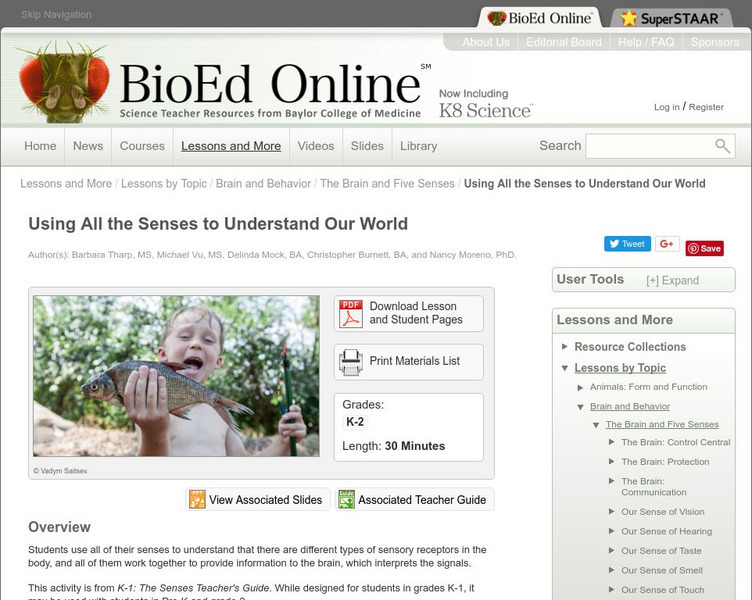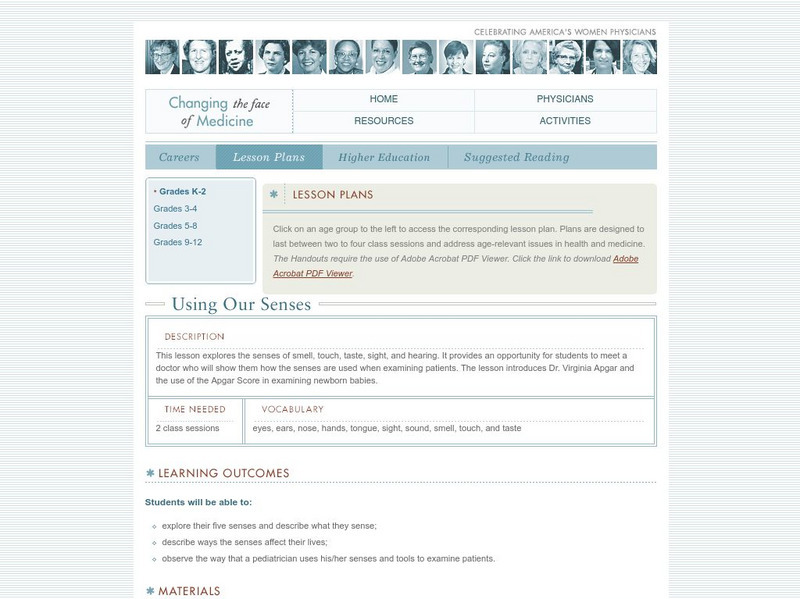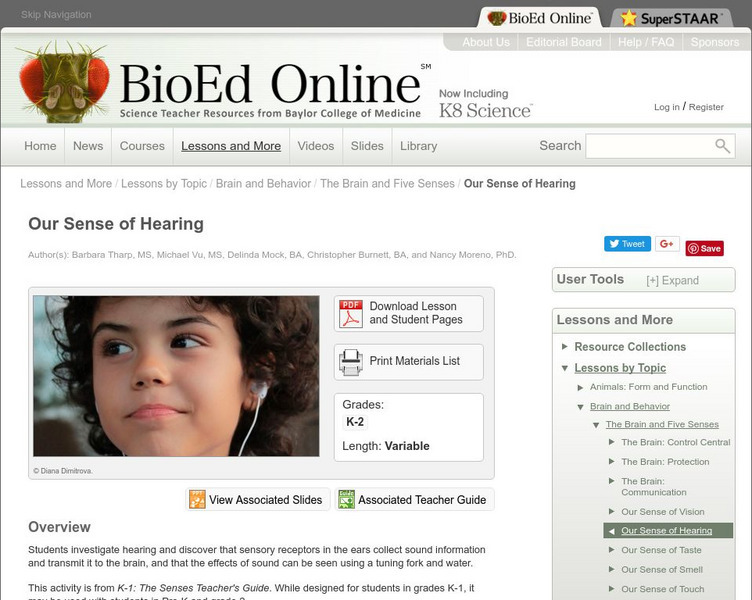Curated OER
Little Red Corvette
Students investigate the acceleration of a car. In this acceleration of a car lesson, students make a scatter plot of corvette acceleration data. Students find a model to fit the data by taking the integral of the curve...
Curated OER
Types of Sentences
In this grammar worksheet, students identify twenty sentences as correct as is, fragments, contains a comma splice or is a fused sentence.
Curated OER
The Mill on the Floss by George Eliot
In this literature worksheet, students respond to 13 short answer and essay questions about Eliot's The Mill on the Floss. Students may also link to an online interactive quiz on the novel at the bottom of the page.
Curated OER
A Line Drive
Eleventh graders create a 100 year timeline centering on the life of their research subject and place them in the context of local and national history.
Curated OER
Clearcutting: Sustainable Forestry?
Students explore the conflicts between the economy and the environment by focusing on forest management in Maine. They read pamphlets on siliviculture and clear-cutting as well as those by environmental groups then conduct a debate on...
Curated OER
Bein' With You This Way
Learners complete pre reading, writing, during reading, and interdisciplinary activities for the book Bein' With You This Way. In this reading lesson plan, students complete journal entries, answer short answer questions, have...
Curated OER
Round to the Nearest Whole $
In this rounding money instructional activity, students identify the money amounts in each examples and round to the nearest dollar for the 10 examples.
Curated OER
Recycling Paper
Students recycle old paper into new. In this sustainability lesson, students take old newspaper and recycle it into new paper.
Curated OER
TEXTURE DRAWING
Third graders create a drawing based upon objects found outdoors through rubbing the side of a crayon onto a piece of paper covering the objects, to demonstrate different textures. They share their different drawings and verbally compare...
Curated OER
We the Second Graders
Students study the history, development and meaning of the Constitution. They participate in a classroom simulation of the Constitutional Convention by writing a Preamble, developing a government, and writing a Bill of Rights for their...
Curated OER
Let it Grow, Let it Grow, Let it Grow
Students investigate, through a hands-on activity, in which type of soil a bean seed grows best. They create a bar graph representing each plant's growth in different soils.
Curated OER
Informational Writing-Creating a Speaker's Voice
Fifth graders study speaker's voice in informational writing. In this writing lesson, 5th graders discuss the difference between an interesting non-fiction excert and a reference non-fiction excerpt.
Alabama Learning Exchange
Alex: The Five Senses How They Relate to Our World
This instructional activity will demonstrate and incorporate the use of the five senses. Through hands-on and exploratory experiences, students will gain an understanding of the importance of the five senses. Students will also gain an...
BioEd Online
Bio Ed Online: Using All Our Sources to Understand Our World
How do we use our senses to understand our surroundings? What types of input are provided by the different senses? In this instructional activity students use all of their senses to understand that there are different types of sensory...
CPALMS
Cpalms: Reading With Our Eyes, Fingers, Toes, Ears and Nose
[Free Registration/Login Required] In this lesson, students are learning to identify sensory words in their reading, specifically in poetry. Students will gain a perspective on how authors use sensory words to portray their ideas. They...
BioEd Online
Bio Ed Online: Our Sense of Smell
How does our sense of smell work? In this lesson plan students use four different flavors of dry soft drink mix to investigate the sense of smell, and learn that the nose can detect very small particles in air, and transmit the...
National Institutes of Health
National Library of Medicine: Using Our Senses
This lesson plan site delves into the senses of smell, touch, taste, sight, and hearing. Students will be able to describe the ways senses affect their lives and how a pediatrician uses his/her senses to examine patients.
BioEd Online
Bio Ed Online: Our Sense of Hearing
What causes sound? How do our ears detect sound? How do our brains recognize sound? In this lesson plan students investigate hearing and discover that sensory receptors in the ears collect sound information and transmit it to the brain,...
University of Washington
Hearing: Activities, Experiments, Models and More
Come and learn more about one of the five senses? Hearing is an integral part of our everyday life. To learn more use the activities, experiments, models and more wrapped into this hearing website.


















